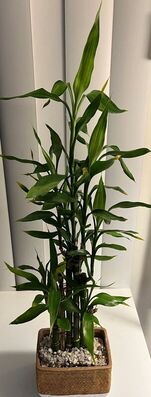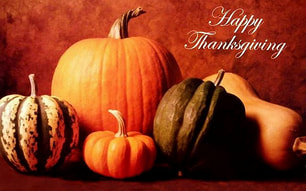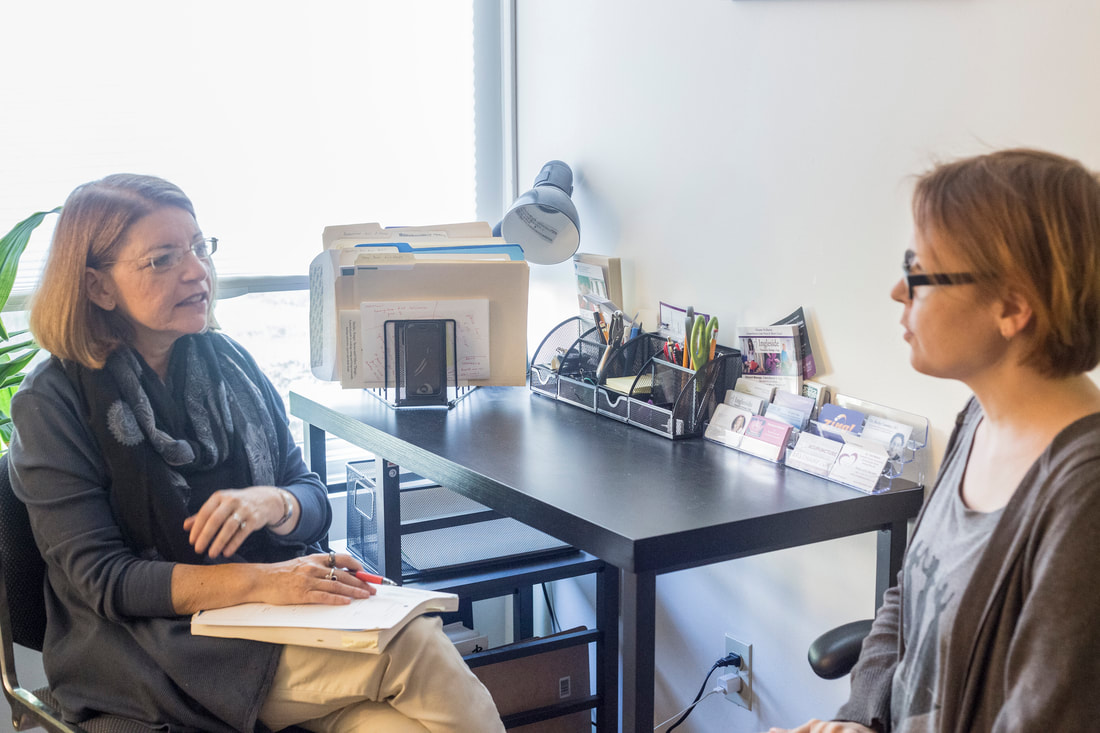 Sometimes we have to carry illness with grace. By grace I mean deep acceptance and compassion for what our bodies are going through. While we may not be able to recover full health, grace gives us the courage to continue on when the path is rocky. Most of you know that three months ago, I had a kidney transplant. I was incredibly lucky. I found an altruistic living donor, an angel who gave me years of life and health. My transplant team couldn’t have nicer or more available. My nephrologist of twenty years assured me that he would help me get through whatever was in store for me. I have good health insurance and most of my medical costs were covered. And still, this has been a hard journey for me. I have moments of feeling fear and uncertainty. I still feel deeply vulnerable. I know that for the rest of my life I will need to be on immunosuppressant medication. As wonderful as my healthcare team is, I’m tired of medical appointments and blood work. I wish I no longer had to track all the numbers that determine my health. In these moments, I lean into grace. I count my blessings. I think of all the people who have touched my life. I have deep compassion for the 80,000 people in this country who are still waiting for a kidney. I have deep compassion for everyone who struggles with pain and chronic illness. Illness is a hard journey. It’s one that is not so much discussed. The miracle of medicine (and it truly is miraculous) comes with the cost of discomfort and a type of loneliness. I can count of one hand the number of people I know who have either been a kidney donor or recipient. In the midst of pain and discomfort, grace reminds me I am not alone. Grace reminds me that my life is worth getting the care I need. Grace reminds me that in getting care I’ll be able to help others in need. Grace reminds me that illness is a part of the human condition. The great thing about grace is that it’s always available. I encourage you to take a moment right now to tap into something that expresses life’s beauty. Maybe it’s an object, a place, a song or a piece of art. Think about an angel in your life. Someone who showed up when you were in need. If you feel lost or unmoored, feel the ground beneath your feet. Say these words to yourself, “I am loved. I am cared for. I am important. I am present in this moment. There is a spaciousness in life that holds me.” These are the ways that we find grace. If you need encouragement, do reach out to me. It you’ve had moments of grace in your life, I’d love for you to share them with me. May you find grace in your most challenging moments. From my heart to yours...
0 Comments
 I traveled to New Orleans a few weeks ago. I knew I had truly arrived when our Lyft driver said "How ya doing, Miss Bonnie?" I had made a lunch reservation and when we arrived I was greeted with "Welcome, Miss Bonnie." On a shuttle bus to Mardi Gras World the driver asked if this was my first time in New Orleans. When I said it was my second, he replied "Welcome Home." New Orleans is a great place to travel to. The food, music, warm weather, welcoming people make it so special. Being there feels like getting a big hug. But I want to tap into something deeper. The importance of social connection. Not just because it makes us feel good -- although this is important. But because it makes us healthier. Here's what the experts have to say:
Here is "Miss Bonnie's" take on all this:
One of the reasons that I love Eastern Medicine is because of its emphasis on connection. In the 5 element/5 organ system that we use no one organ/element exists on its own. The energy of the liver feeds the heart, the heart energy feeds the spleen, the spleen energy feeds the lungs, the lung energy feeds the kidneys, the kidney energy feeds the liver. The cycle is completed and begins again. As people we may feel isolated, but we never exist in true isolation. With you in spirit… Bonnie Sources: www.nytimes.com/2017/12/11/well/mind/how-loneliness-affects-our-health.html https://well.blogs.nytimes.com/2013/05/13/shaking-off-loneliness/ www.apa.org/news/press/releases/2017/08/lonely-die.aspx www.nytimes.com/2016/12/22/upshot/how-social-isolation-is-killing-us.html  Katherine Golub Katherine Golub I love this article from my colleague, Katherine Golub, career / business / leadership coach and consultant in Western Mass. She teaches us how to focus on the postitive! To learn more about her work, visit www.CoreBrillianceAcademy.com What are you dreaming of for the new year? Did you make a resolution, set an intention, choose a word? At the beginning of every year, I like to choose one word to focus my attention for the year. This year, my word is "Foundation." No matter how you set your intentions, January is a time of fresh starts and new beginnings for many people. Do you want to learn how to be more confident, more present, or more creative? Perhaps you want to take better care of yourself. Whatever it is, if you’re like most people, I'm guessing that there's probably some new habit that you’d like to develop this year. Most of us aren’t taught how we form habits or how we can change them, and because of that, developing new habits can feel daunting. I'm happy to tell you that, in fact, developing new habits and strengths can be simple. Instead of working super hard to fight against old behaviors, it can be much more useful to just take in the good. What do I mean by “taking in the good?” In Hardwiring Happiness, Rick Hanson writes that the most effective path to developing emotional habits or strengths such as gratitude, presence, and confidence is to notice when you're already engaged in these habits and then to feel how you feel in your body. He calls this process “taking in the good.” With repeated, intense, and prolonged mental focus on what’s working, you grow new synapses and change how your DNA functions so that you literally experience more of what works. For example, by noticing when you feel confident, you strengthen your ability to feel confident. When you notice yourself feeling focused, you increase your ability to focus. When you allow yourself to feel really good when you practice self-care (even if it’s just for five minutes), you increase the likelihood that you'll practice self-care again soon. As human beings, we too often focus on what we don’t want to do or to feel. Unfortunately, focusing on what you don’t want makes it harder to develop the habits you do want. For example, trying to figure out how to be "not stressed" can stress you out, even more. The brain can't think in negatives. Don't think of a pink elephant. You can't do it, right? Every time you think about what you don't want, your focus goes to the negative, and you're more likely to replicate that. Instead, when you think about what you do want, you send your energy in that new, more generative direction. So, what are the steps to taking in the good and building new habits? Your first step to cultivating new habits or strengths is to choose one or two to focus on. Rather than focusing on the habit you want to let go of, focus on the habit you want to cultivate. Keep in mind that your problem requires a matched solution. For example, if you struggle with the state in the left column, consider focusing on the habit or strength in the right column-- • Exhaustion… Energy • Stagnation… Movement • Anxiety… Ease • Fear… Courage • Shame… Self-Compassion • Resistance… Curiosity • Withdrawal… Engagement • Scarcity… Gratitude • Frustration… Fulfillment • Stuckness… Forward Movement • Drivenness… Pleasure • Rejection… Belonging • Isolation… Connection • Grief… Love Your next step is to notice moments in which you experience the habit or strength you desire. To develop the habits and strengths we desire—such as trust, humor, and ease—we need to notice when we experience these positive states. Often, we’re already engaging in the actions or experiencing the states that we want to make habitual, but we’re not paying attention. By paying attention to when we are acting and feeling the ways we want, we strengthen our ability to act or feel this way even more. If you don’t naturally find yourself experiencing your desired emotions, you can remember past experiences, imagine the future you desire, or celebrate the good in the lives of others. Once you create a positive experience, allow yourself to really savor the moment and experience it in your body. Sense the experience fully in your body, taking in as many sensory aspects as possible—sight, sound, touch, smell, taste, feeling, and thinking. Feeling the experience in your body helps it to sink in and create new connections in your brain. Like any new strength, your ability to focus your attention is like a muscle. It gets stronger the more you exercise it. Taking in positive experiences makes your brain “stickier” for them, which in turn increases the likelihood that you'll notice more positive experiences. That makes your brain even more sticky so that you notice positive experiences more. It's a feedback loop of positivity. This cycle makes it less and less likely for negative experiences to slip into your mind and affect your brain. From now on, any time you experience a small win, seize the opportunity to celebrate. When you receive a compliment, take a deep breath, let it really soak in, and say thank you. Or cross off items off your to-do list as you complete them so that you have a picture of accomplishment. Or, at the beginning or end of each day, think of three things that you’re proud of, that you appreciate about yourself, or that brought you joy. Focusing on what brings you joy ten times a day, fifteen seconds at a time only, takes a total of two and a half minutes. But it's one of the most powerful ways to change your brain and your life. Whatever your hopes for the new year may be, I encourage you to gift yourself a few moments each day to take in the good. Not only is this a very effective way to cultivate new habits, but it’s also fun. I wish you all the best on your journey to building the habits you want!  What started out as an idea for a pre-Thanksgiving newsletter turned into a gratitude practice. It was one of those “aha” moments when I realized that I needed to follow the advice I was giving. And so I started a gratitude list. I suggesting that you do this as well. It’s a powerful exercise in becoming aware of the connections that exist between you and the rest of the world.
Be true to the essence of the holiday. Give thanks...  All that is right in the world. All that is right in the world. Jon Kabat-Zinn, founder of MBSR (mindfulness-based stress reduction), said “As long as you are breathing, there is more right with you than there is wrong, no matter how ill or how hopeless you may feel.” Take a moment to reflect on this. As humans we often focus on the things that we have done wrong. We could be better, smarter, richer, thinner... fill in your own adjective. I encourage you to begin a practice of remembering and acknowledging all that is right with you. Do it now, as you read this. 1. Focus on your body. Write down all the things that are right about it. For example,
2. Focus on your actions. Write down a list of all the things that you have done to take good care of yourself and those that you love. 3. Focus on your thoughts. Write down all the thoughts that lift you up. Look to your favorite quotes for inspiration. 4. Focus on your emotions. Make a list of times when you felt complete, happy and at peace. 5. Focus on your connections. Make a list of all the positive connections that you have had with people in your life.
6. Focus on your accomplishments. Make a list of your accomplishments over the past year. Include projects big and small. You are an amazing being! Revel in this. Take your list of all that is good and right with you and post it on your bulletin board or on your refrigerator. Acknowledge yourself fully and completely. When you find yourself being critical about something that you have done, switch to being gentle. Surround yourself with love and kindness. Lift yourself up when times get hard. Look at your list of all that is right with you EVERY DAY. I promise that this practice will transform your life. |
AuthorIn practice for over 20 years, Bonnie Diamond offers individualized, heart-centered care using a pain-free, Japanese style of acupuncture. Her work is influenced by her nine year struggle with and complete recovery from Chronic Fatigue Syndrome. Archives
April 2024
Categories
All
|
Serving Easthampton, northampton, Holyoke, Springfield, Chicopee, Westfield and Western Massachusetts
|
Hours are Tuesday-Thursday, 11am-7pm
|
247 Northampton Street, #27 Easthampton, MA 01027 781-718-6325 Get directions Get information on other complementary health resources recommended by Staying in Balance. Pioneer Valley Community Resources |
Copyright 2000-2022 All rights reserved.

